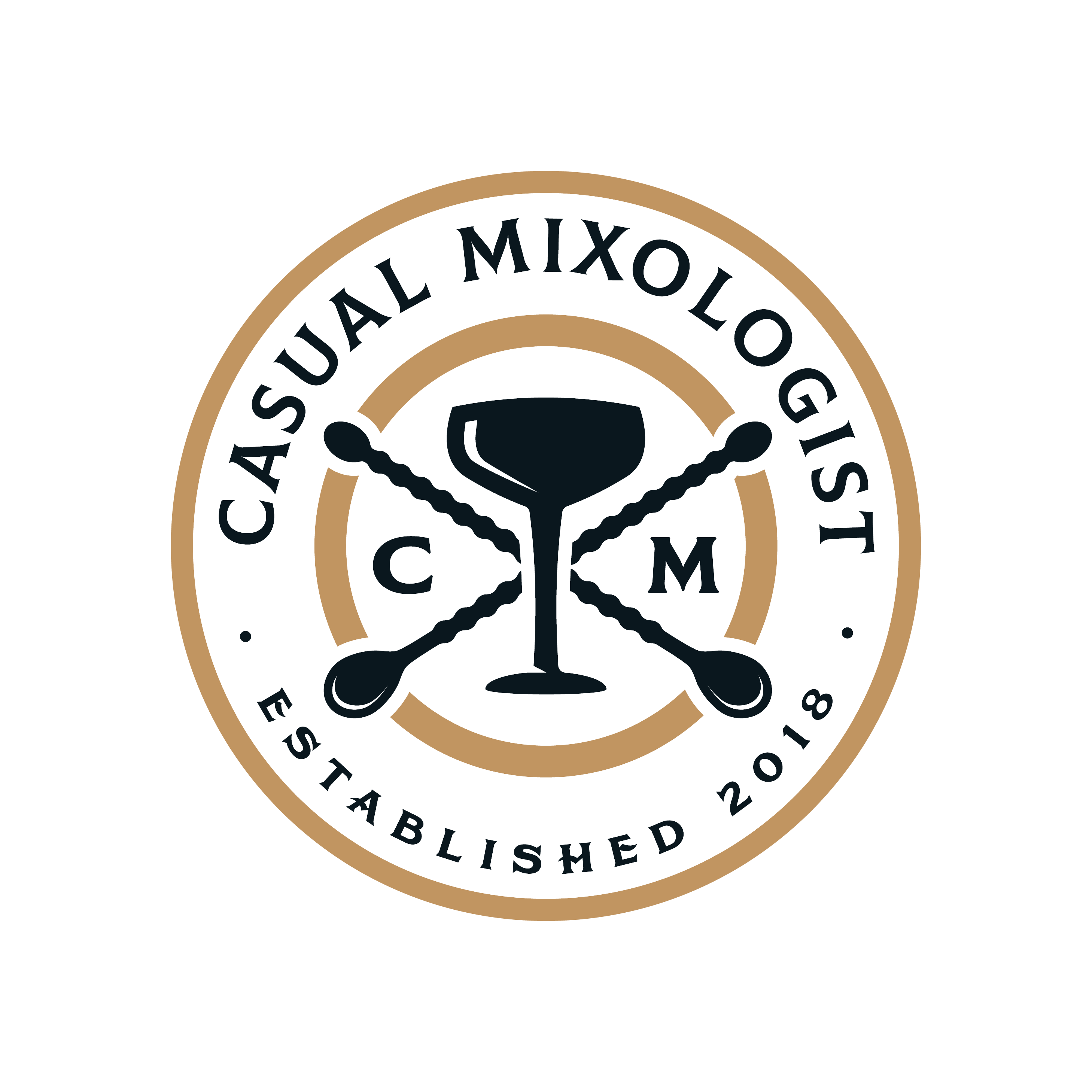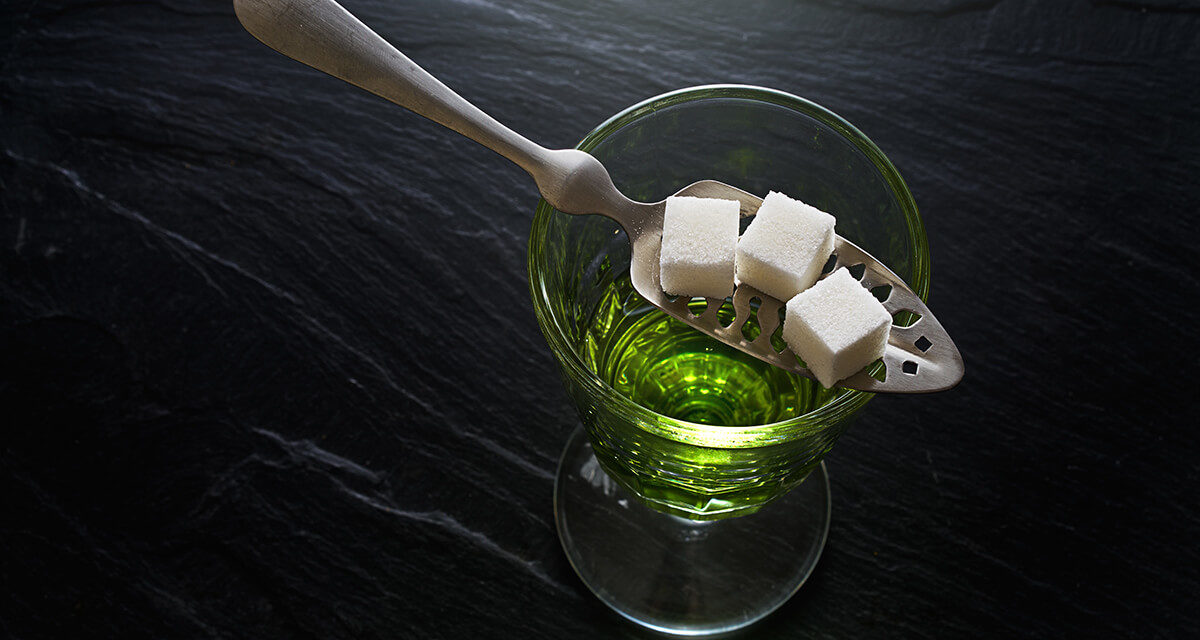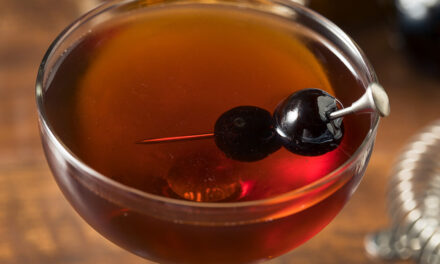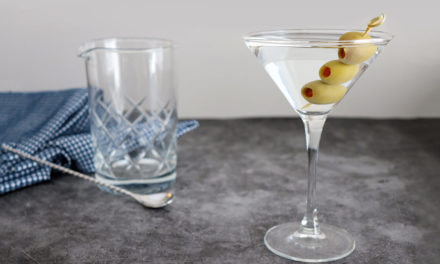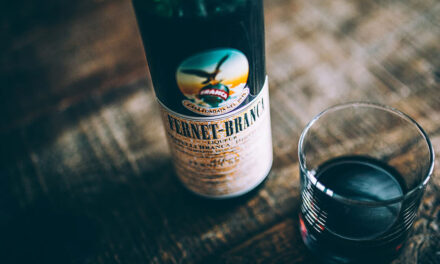The Green Fairy. Nectar of the Poets. The Torment. Green Oblivion. You’ve heard the stories. No other spirit’s reputation precedes it like absinthe, whose legend looms large in the world of cocktails. Associated with brilliance and madness, absinthe was such a favorite among poets, artists, and musicians that it was often credited as a muse that inspired creative genius. As the belle of the Belle Époque and a guiding light of the Lost Generation, absinthe enjoyed decades of popularity among the working and creative classes, even making appearances in the works of Picasso, van Gogh, and Hemingway before its abrupt fall from grace in 1915. Though absinthe’s downfall is shrouded in mystery and salacious apocrypha, the true story of its disappearance is even better.
Absinthe, Myth & Legend
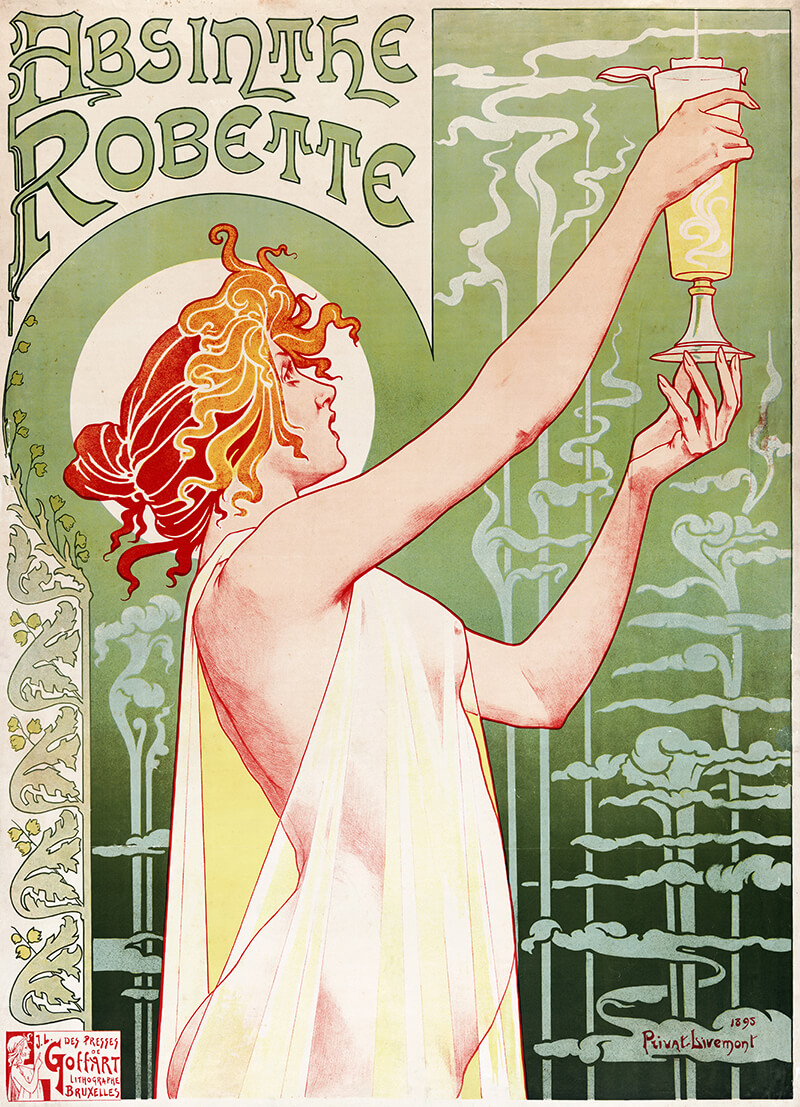
More than any other spirit before Prohibition, absinthe was a victim of its own success. Cheap and accessible, absinthe consumption was so widespread in the early 20th century, that its sales outpaced those of wine by a significant margin, particularly in France. Angry winemakers joined forces with prohibition advocates (strange mash-up, we agree) for a propaganda campaign to demonize absinthe and banish it from Europe. They claimed that the ingredient thujone in absinthe contained hallucinogenic properties and was therefore dangerous and unsafe to consume. The plan worked like a charm, and to this day absinthe is still associated with gothic hallucinations of murder and mayhem, casting a shadow that resonated for more than a century. None of it’s true, of course, but the ban did lasting damage.
What Is Absinthe?
Undeterred by its sordid past, modern mixologists have broken the spell and absinthe has made a triumphant return. One of the first steps to salvaging the spirit’s reputation was demystifying its ingredients. At its heart, absinthe is simply a high-proof spirit made from distilled wine macerated with herbs and botanicals. Though there are several elements that absinthe draws from, including fennel, hyssop, and green or star anise, the predominant flavor comes from wormwood, which gives absinthe its signature black licorice taste.
How to Drink Absinthe the Right Way
Part of the joy associated with absinthe is found in the ritual of preparing and serving this salacious liquor. A classic absinthe cocktail consists only of the spirit itself, sugar, and very cold water; it’s the process that makes it a masterpiece. Serving it the right way involves beautiful barware designed specifically for one purpose: releasing the green fairy.
The traditional preparation of absinthe begins with an absinthe glass, known as a pontarlier. The custom begins with one ounce of absinthe poured into the glass. The pontarlier is then topped with a sugar cube balanced on an absinthe spoon, which is intentionally flat with several holes intended for liquid to drain into the waiting glass. Four to five ounces of ice water from an absinthe fountain drips onto the sugar cube below, slowly dissolving it. Another delivery system is a balancier style brouilleur dripper, which gets filled with ice and is suspended over the glass, closer to the surface of the liquor. Either method works for slowly adding water to the absinthe and letting it work its magic. The addition of water allows the botanical oils in the absinthe to bloom in a process called louche, which transforms absinthe from clear yellow to opaque and releasing its trademark scent. It’s understandable why so many were enchanted by the allure of this bewitching spirit and why this art form has charmed its way back to popularity.
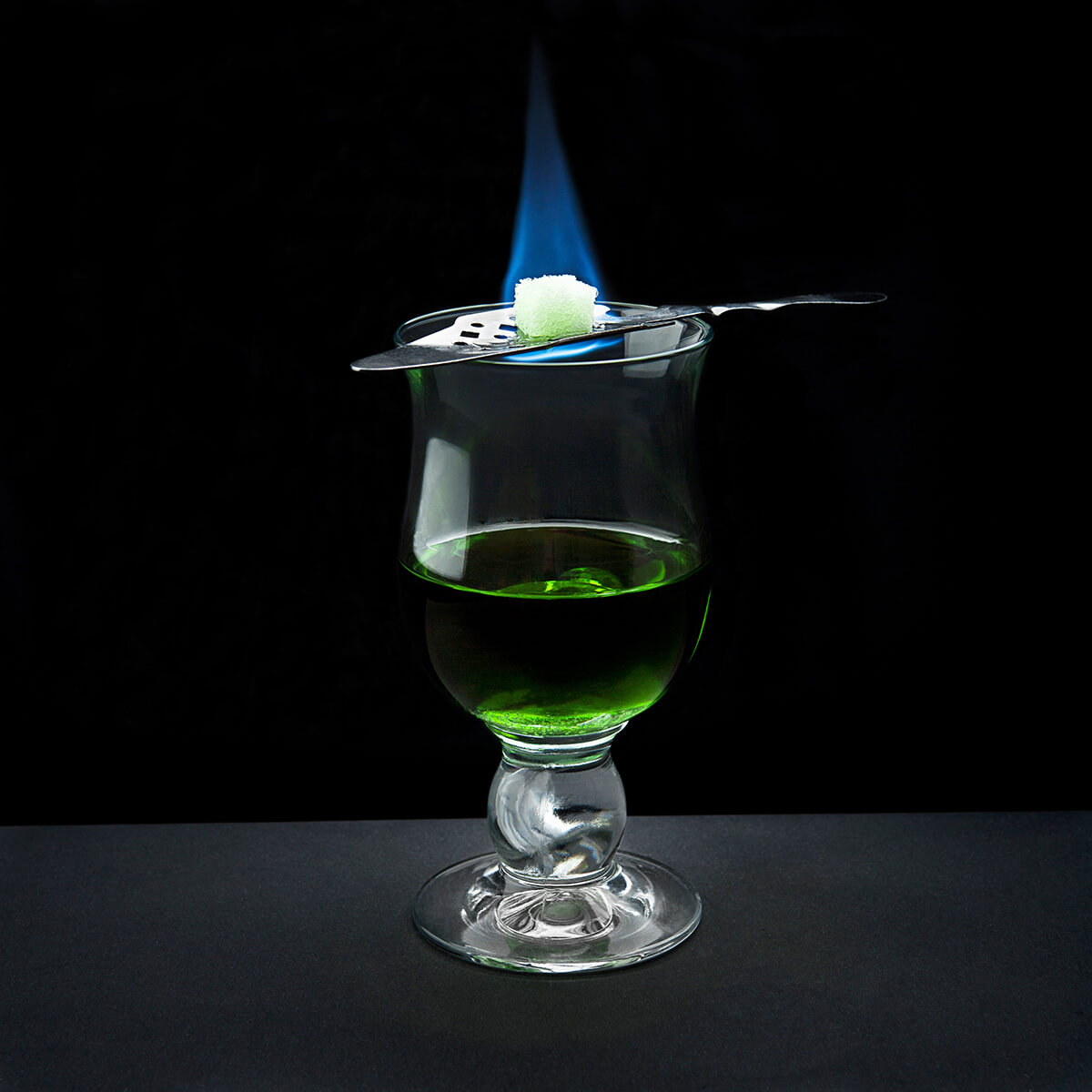
Isn’t Absinthe Served with a Flaming Sugar Cube?
Similar to the method previously described, you may have witnessed the sugar cube lit on fire, allowing the sugar to crystalize before the water is dripped onto it to pass through the absinthe spoon. While this is not the traditional method of serving absinthe, it is a popular method that emerged in the 1990s as absinthe’s popularity resurged, as a way to distract from the poor quality of absinthe that was served at the time. Today, absinthe quality is just fine, but we still see flaming sugar cubes because it will never not be fun to light things on fire.
Absinthe In Cocktails
If you’re trying to up your cocktail game, mastering techniques for artfully incorporating absinthe into cocktails is a great skill to add to your arsenal. In addition to drinking absinthe mixed only with water and sugar, the spirit can also be used in small doses to elevate other cocktails. If you’re feeling fancy, Hemingway’s Death in the Afternoon, a specialty invented by Papa himself, combines one part absinthe with four parts chilled champagne. Other cocktails, like Sazeracs, call for just a rinse of absinthe, also known as an absinthe wash, which is accomplished by coating the inside of the glass before disposing of it. Another method of adding a touch of absinthe to a cocktail is by misting it with an atomizer, which deepens the complexity of the drink by adding fragrance. No matter how you choose to incorporate absinthe into your repertoire, we’re sure that it will leave you spellbound.
